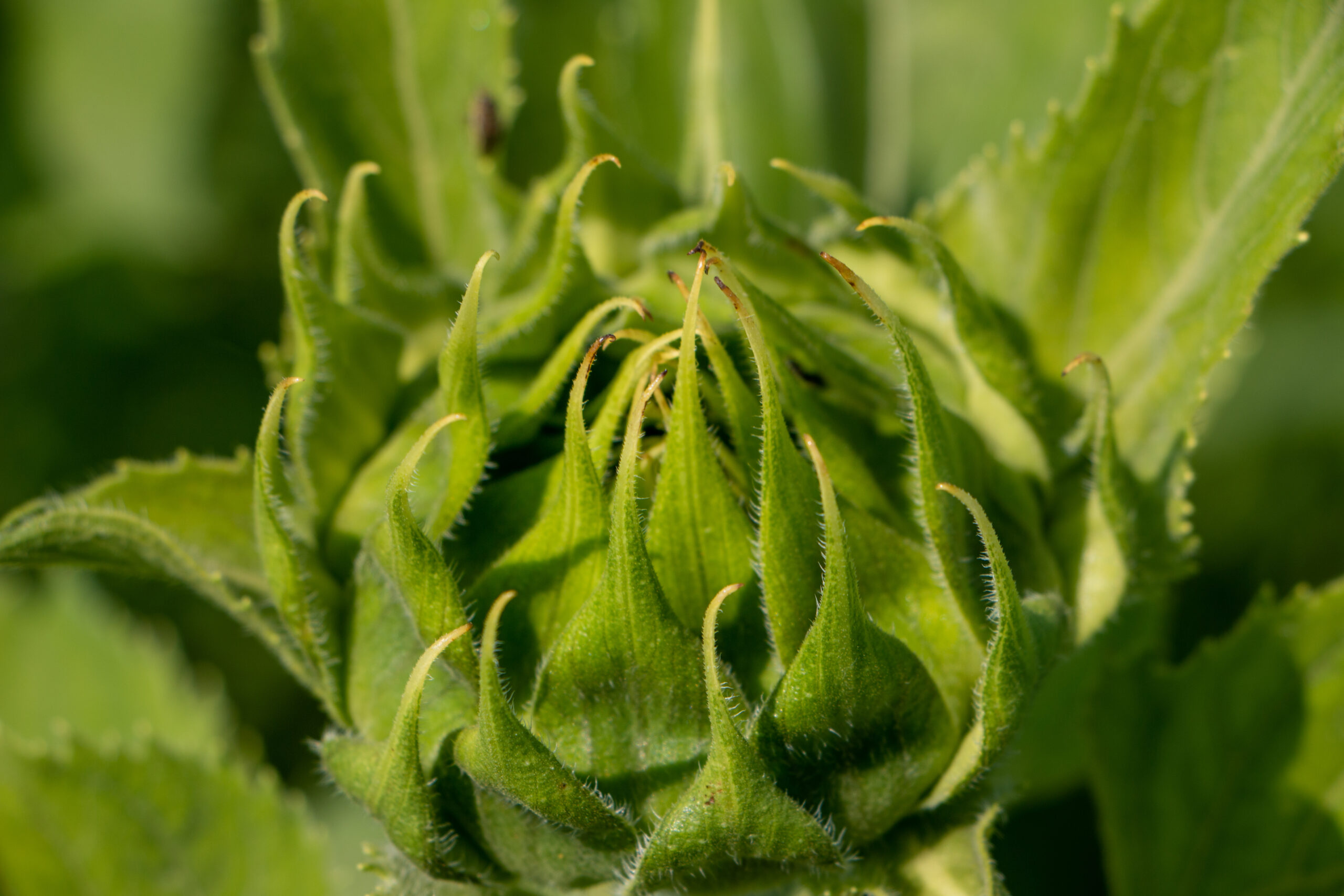Resiliency Starts in the Brain
Summary
A New York Times article discussed the “central executive network” area of the brain and its role in determining who is more or less resilient.
Why are some people prone to stress and anxiety while others are almost unaffected? A recent New York Times article discussed the “central executive network” area of the brain and its role in determining who has more or less resiliency.
The central executive network is known for its regulation of emotions, thinking, and behavior. In a Northwestern University observational study of resiliency, researchers analyzed MRI scans of a racially diverse group of 218 study participants aged 12-14 and living in violent neighborhoods of Chicago.
The study scientists found that participants with higher levels of “functional connectivity” in the central executive network had lower cardiometabolic risk than participants with lower levels of connectivity. Obesity rates, blood pressure levels, and insulin levels quantified cardiometabolic risk.
Additionally, researchers saw that cardiometabolic risk increased when homicide rates increased for those with low functional connectivity in the central executive network, but not for those with high functional connectivity. The results held true even when researchers controlled for other potentially influential factors (psychological distress, economic status, race, ethnicity).
Interestingly, neither group was more or less anxious or depressed than the other group, indicating some individuals were likely not aware of their high central executive network functioning and its effect on their resiliency.
Scientists still are not sure of all the benefits provided by this high functioning and their effects on resiliency and cardiometabolic risk. However, researchers do suggest that this high functioning promotes self-control, in theory reducing one’s risk of eating junk food, smoking, or performing some other detrimental activity in response to stress, anxiety, or depression.
For more, read the original article.







